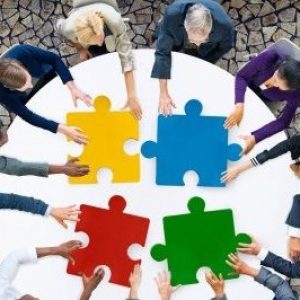
How Leaders Lose Their Competitive Advantage
Let’s be honest: we expect our leaders to be wise and evolve continually. In fact, we raise the bar every year. But without a commitment

Let’s be honest: we expect our leaders to be wise and evolve continually. In fact, we raise the bar every year. But without a commitment

I am so impressed by leaders who excel in uniting others. Their organizations are thriving because they recognize the importance of people’s welfare. You see,

When was the last time you experienced leadership drift? Was there any fallout? If you’re anything like the leaders I talk to regarding this subject,

It’s well known from studies on employee engagement that employees are seeking more than a paycheck: they desire purpose, significance and the fulfillment associated with

In the face of today’s challenges, smart leaders can attest to what Marshall Goldsmith famously stated in his book by the same name, “What got

Trust is a decisive difference maker in personal and collective prosperity, but consider this: many large employee surveys tells us that business leaders are among

What makes some leaders so much better at overcoming setbacks and managing crises? What makes for resilient leadership? I’ve been writing about this in recent posts.

It’s no joke: resilient leadership requires the right mindset. When faced with a setback or crisis, the best of the best leaders know how, and

An organization’s health is only as sound as its leader’s decisions. Some companies prosper from wise leadership directions, while others struggle after flawed choices—choices that

How a leader responds to adversity reveals how effective that leader truly is. Reactions to setbacks or crises not only test leadership character but define

Business is an active, demanding endeavor. Only those who consistently apply themselves succeed. Organizations that thrive require leaders who actively dream, plan, engage, solve, pursue,

Surveys and studies indicate global job dissatisfaction is at a two-decade high. Disengaged employees account for nearly 70 percent of the workforce, which significantly affects







